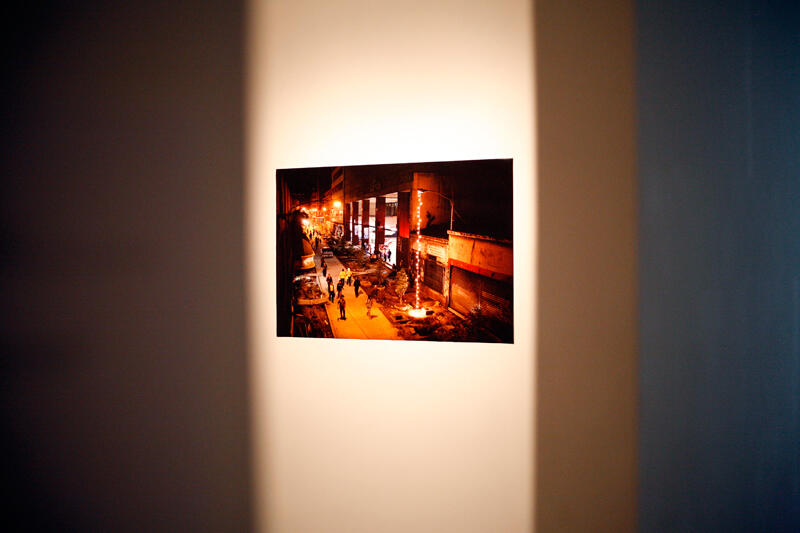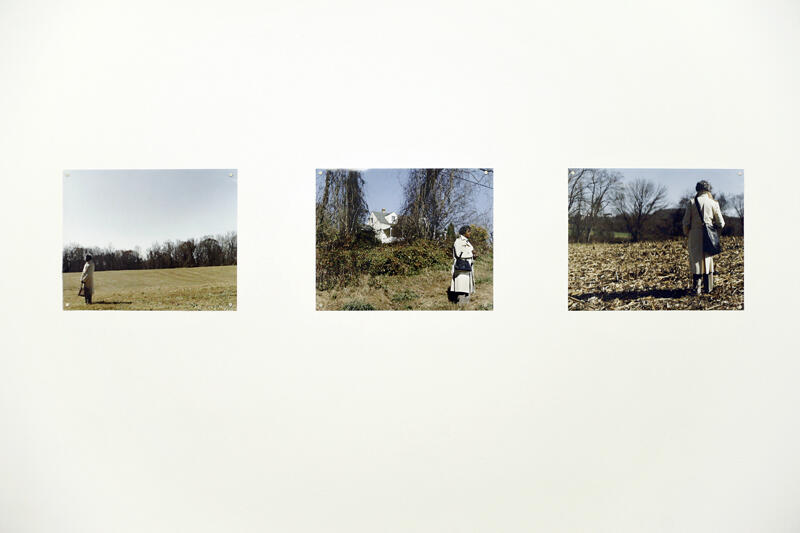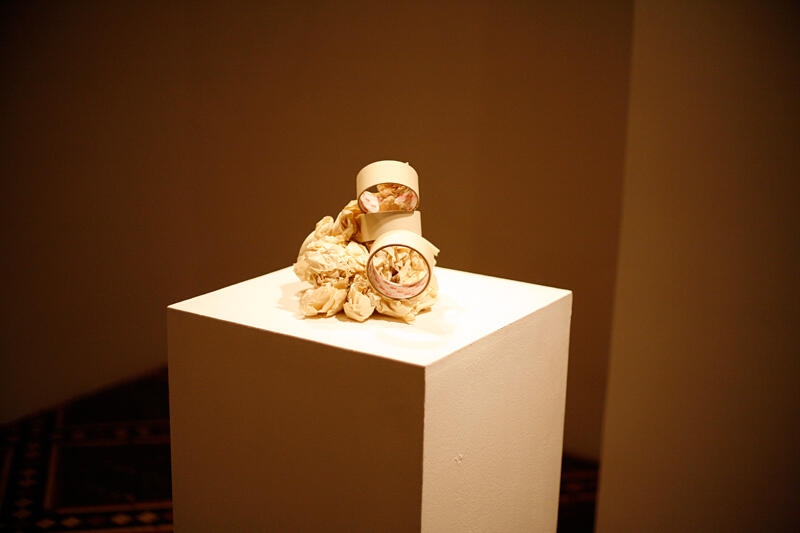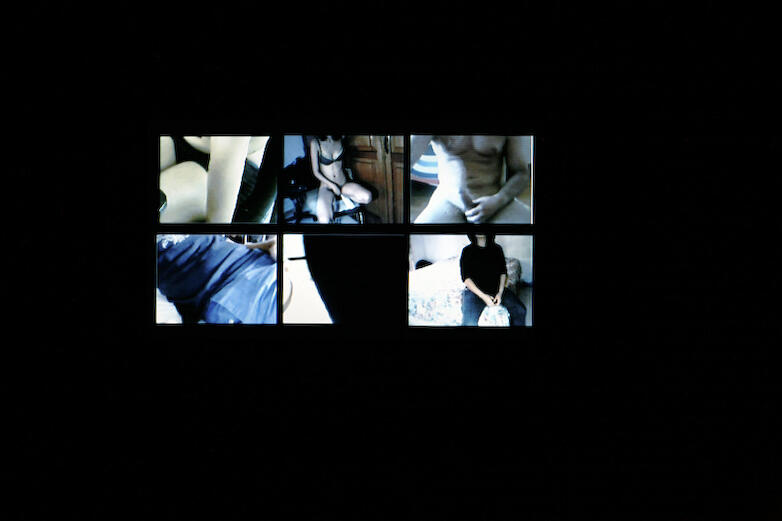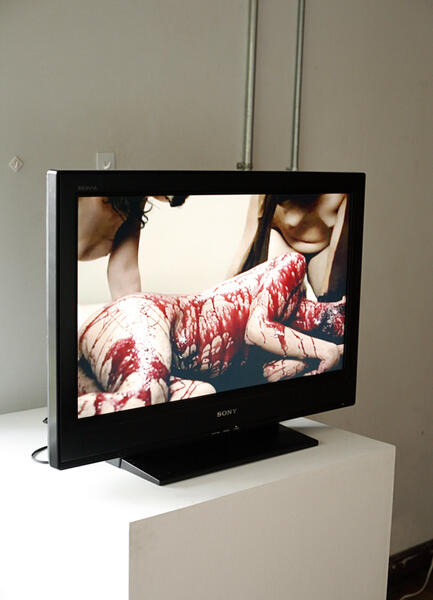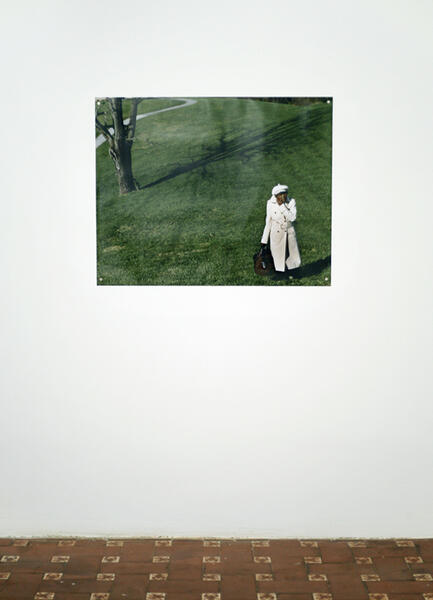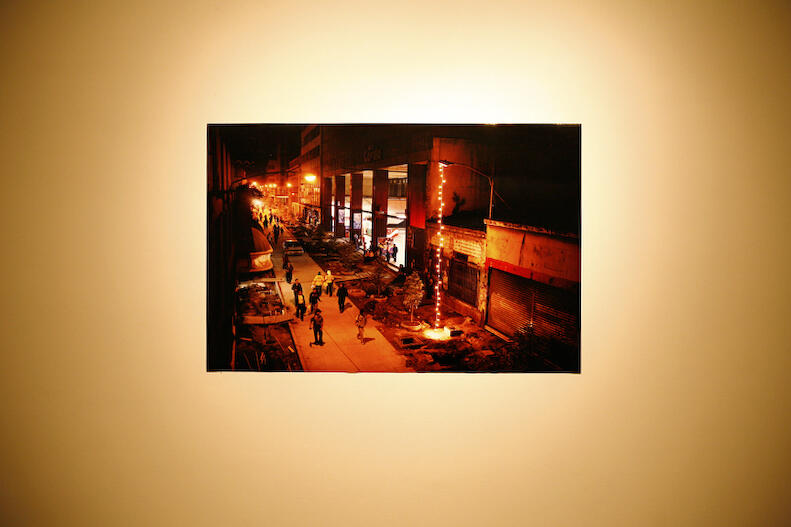Ultra es Low: Artists from the Ultravioleta Project in Guatemala, at Des Pacio, Costa Rica
Ultra Es Low is an exhibition that brings the works from Proyectos Ultravioleta, in Guatemala, to Des Pacio, in Costa Rica. The main idea was to initially present ; the work of the artists that abandoned stereotypes of violence and the characteristics of Guatemalan art, and instead chose to discourse aesthetics with a public spirit. Also, presenting photographs, videos and interventions of Juan Brenner and Byron Mármol, along with unconventional pieces from Stefan Benchoam. A vacant lot will be activated in San Jose through as a public park, with elements found in the context of the surrounding enviroment, along with ephemeral and easily accessed objects, with the goal to propose a model of recovering certain urban zones.
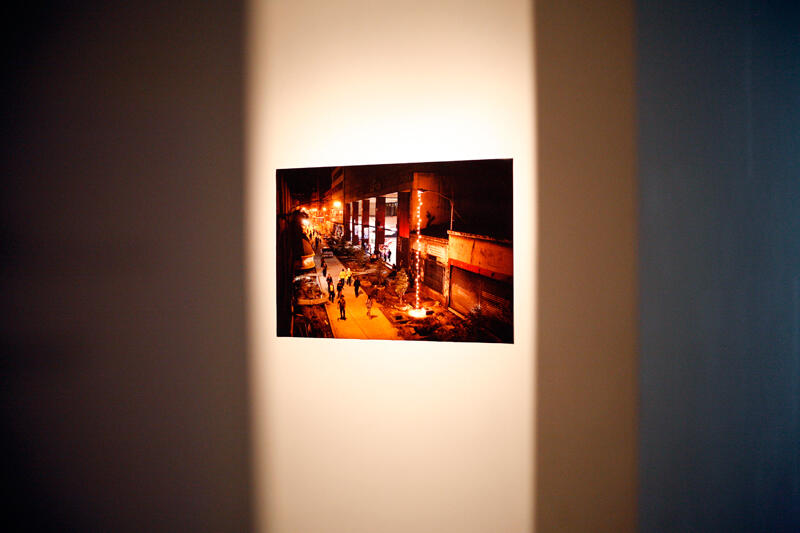
The most recent events in Central American (Biennial in Istmo, XXXI Biennial in Pontevedra) show- not always pejoratively- how standardized violence and misery are themes in the Central American artistic production. More than two decades after the peace treaties in the region displaced us to an “postwar image” that has extended excessively; we could define it in what Michèle Faguet has called: “porn misery”.
Besides the exceptional cases like the most recent work by Simón Vega in El Salvador -or the actual proposal of Panamanian and Costa Rican art- Central American art continues to be paladin in the apologetic speeches of poverty, that have been so used and repeated that they no longer give anything to the subject that continues to be a sociocultural and politically worry.
The ultraviolet management in Guatemala in the past year has attempted to distance itself from these stereotypes, beginning with the search for an aesthetic that defines Guatemala in the last two decades. The search is not only formal, but it is also inclusive with other socially marginalized groups within the city composition, like the post punks, the lovers of manga -Japanese comic-, and a series of urban subcultures that have been displaced by questions about indigenous culture and the social situation of Guatemala, and have turned into authentic outsiders within the system of forgotten people itself.
These are the subjects of the works by Byron Mármol and Juan Brenner, who since their first Ópera Prima in Videoart like Sextaanisqatsi -based on Godfrey Reggio’s Koyaanisqatsi - to the more recent Joy Vinicio they rescue an extraordinary visual knowledge in Guatemalan art honoring the photo documental aesthetic with references to figures like the same Philip-Lorca diCorcia.
The case of Stefan Benchoam- whom since his first personal praxis and his work with BIP (bureau of Public Interventions) along with the architect Christian Ochaita, have incorporated the civism in their activity of the urban field- is different. His works in the public space has a strong political context but stays obliterated from other first lectures such as social inclusion, the reformulation of tropicalism and the viability of a better public scene for the standard Guatemalan, through the construction of parks, playful interventions, and recreational activities in a Guatemala that is constantly adhering to its recent history.
The work of the “Ultraviolets” as Benchoam, Brenner, and Mármol are known, is an alternative that literally “refreshes” the contemporary Central American production imposing and demanding other paths at the conceptual and formal level that don’t end up drowning the discourse of Central American contemporary art in a pause that has been as long and predictable as the war itself.

